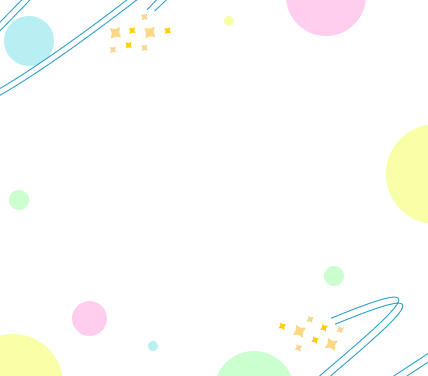Potato is a stem and sweet potato is a root because of their external structural features that differentiate them in terms of function and growth. While both are commonly referred to as tubers, their botanical classification sets them apart. Let’s explore the external characteristics that justify this statement.
Potato: A Modified Stem (Tuber)
Potato (Solanum tuberosum) is a modified underground stem known as a tuber. The following external features support its classification as a stem:
- Presence of Nodes and Internodes: Potatoes exhibit small indentations on their surface called ‘eyes.’ These eyes are actually nodes, from which new shoots or buds emerge. The presence of nodes and internodes is a key characteristic of stems.
- Buds Capable of Growth: The eyes of a potato contain buds that can sprout into new plants when planted. This vegetative propagation is a typical feature of stems, as they are responsible for producing new shoots.
- Connection to the Main Stem: Potatoes grow from underground stolons, which are horizontal stems that spread out from the main plant. This further reinforces their classification as a modified stem.
- Storage of Food and Starch: While roots also store food, the manner in which potatoes do so is unique to stem structures. The starch is stored in a manner similar to that of other modified stems.
Sweet Potato: A True Root (Tuberous Root)
Sweet potato (Ipomoea batatas), on the other hand, is a modified root known as a tuberous root. Its external features confirm its classification as a root:
- Absence of Nodes and Internodes: Unlike potatoes, sweet potatoes do not have eyes or nodes. Their smooth surface indicates they lack the segmentation seen in stems.
- No Bud Formation: Sweet potatoes do not produce buds from their surface. Instead, they regenerate from adventitious buds that arise from their root system, a typical feature of roots.
- Direct Root Growth: Sweet potatoes grow directly from the root system of the plant. They do not develop from stolons or underground stems, reinforcing their identity as a root.
- Function as a Storage Organ: Similar to potatoes, sweet potatoes store food, but they do so in the root system rather than in a modified stem.
The distinction between a potato and a sweet potato lies in their structural attributes. The potato, with its nodes, internodes, and ability to sprout from buds, is classified as a stem tuber. In contrast, the sweet potato, which lacks these features and grows as an extension of the root system, is classified as a root tuber. Understanding these differences helps in appreciating the botanical diversity of edible plants and their adaptations for survival.
Common Doubts
 60,000+ students trusted us with their dreams. Take the first step today!
60,000+ students trusted us with their dreams. Take the first step today!


 One app for all your study abroad needs
One app for all your study abroad needs










